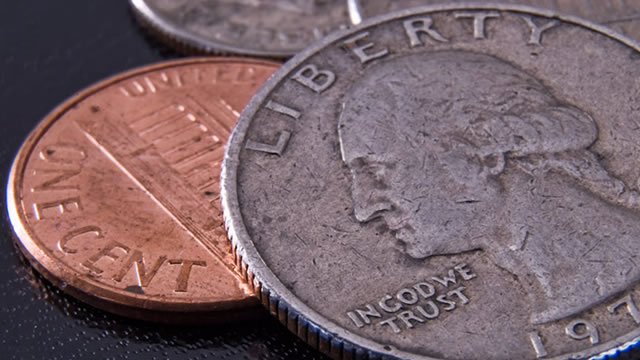The Lasting Impact of the Supply Chain Shock on Car Ownership in the U.S.
As the world began to emerge from the pandemic shutdowns in early 2021, an unexpected supply chain disruption left a lasting imprint on the cost of owning a car in the United States. This ripple effect, which initially manifested in the prices of used and then new cars, eventually extended to replacement parts, loan costs, and vehicle insurance rates.
The Initial Impact: Used and New Car Prices
The supply chain disruption, primarily caused by semiconductor shortages, led to a significant increase in the prices of both used and new cars. The semiconductor chips are essential components in modern vehicles, with an average car containing around 100-150 of these microchips. The shortage forced automakers to slow down production, leading to a decrease in the supply of new cars.
Meanwhile, the demand for cars remained high due to various factors, such as people transitioning from public transportation to private vehicles for safety concerns and the desire for more space during the pandemic. This imbalance between supply and demand led to a surge in used car prices as well.
The Extended Impact: Replacement Parts, Loan Costs, and Insurance Rates
The price increase in new and used cars eventually extended to replacement parts as well. The shortage of semiconductor chips affected the production of automotive parts, leading to a decrease in their supply and a subsequent increase in their prices.
The cost of car ownership also extended to loan costs. With the prices of new and used cars on the rise, consumers were forced to take out larger loans to purchase vehicles. This led to an increase in interest rates for car loans, making car ownership even more expensive.
Finally, the ripple effect reached vehicle insurance rates as well. The price increase in cars led to a corresponding increase in insurance rates due to the higher value of the vehicles. This added to the overall cost of car ownership.
The Personal Impact
As a car owner, you might have experienced the following effects:
- Higher costs when purchasing a new or used car
- Higher costs for replacement parts
- Higher monthly loan payments
- Higher insurance premiums
The Global Impact
The supply chain shock had a ripple effect on car ownership globally as well:
- Increased prices for new and used cars in various markets
- Higher production costs for automotive manufacturers
- Higher costs for replacement parts, leading to increased maintenance costs for consumers
- Higher interest rates for car loans in some markets
- Higher insurance premiums in some markets
Conclusion
The supply chain shock in early 2021 left a lasting impact on the cost of car ownership in the United States and beyond. From the initial price increase in used and new cars to the extended impact on replacement parts, loan costs, and insurance rates, the ripple effect was significant. As a consumer, it is essential to be aware of these trends and plan accordingly to mitigate the impact on your personal finances. Meanwhile, the automotive industry and policymakers must work together to address the root causes of the supply chain disruption and ensure a stable and affordable car market for all.
Stay informed and stay prepared!





